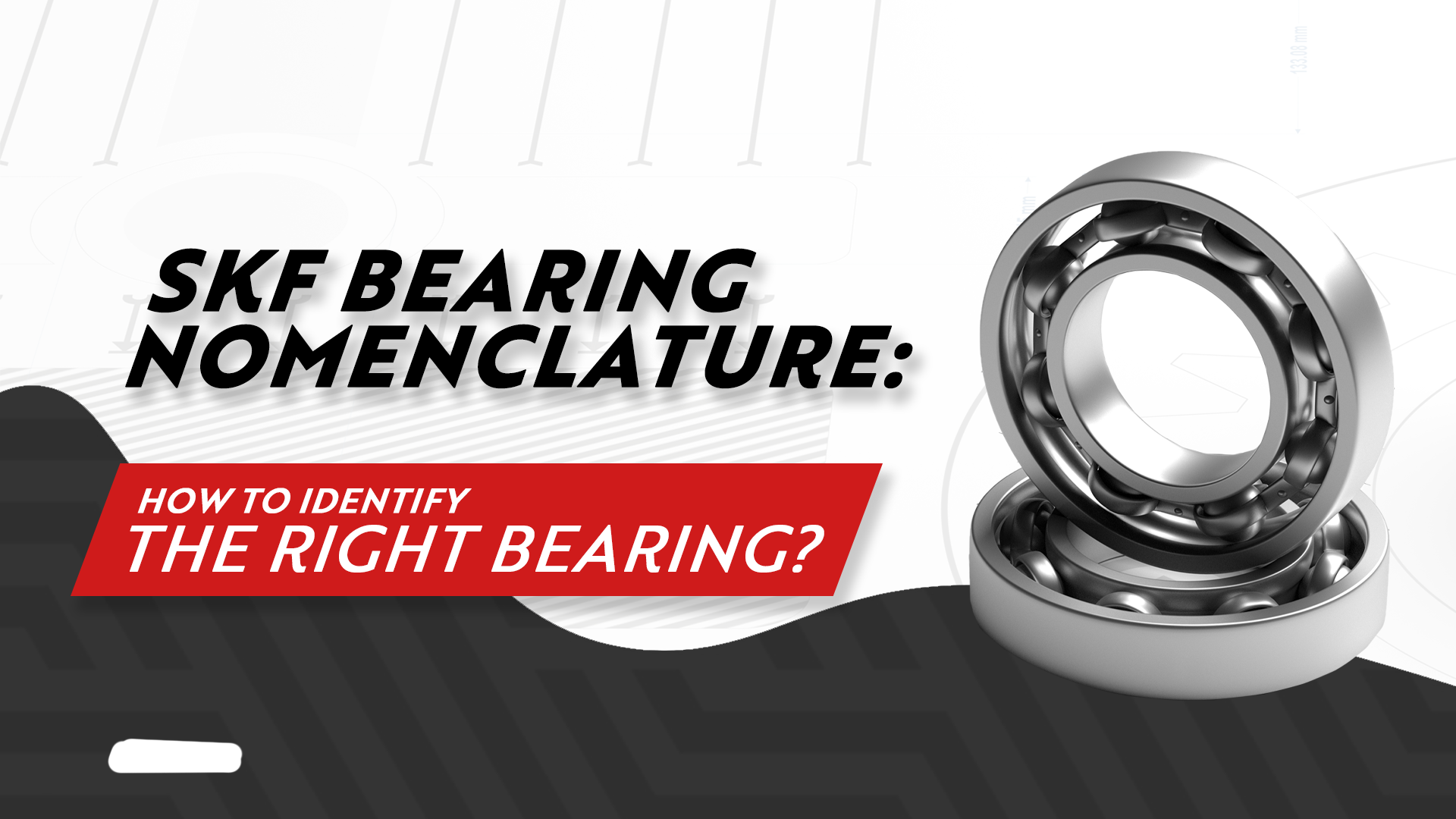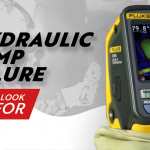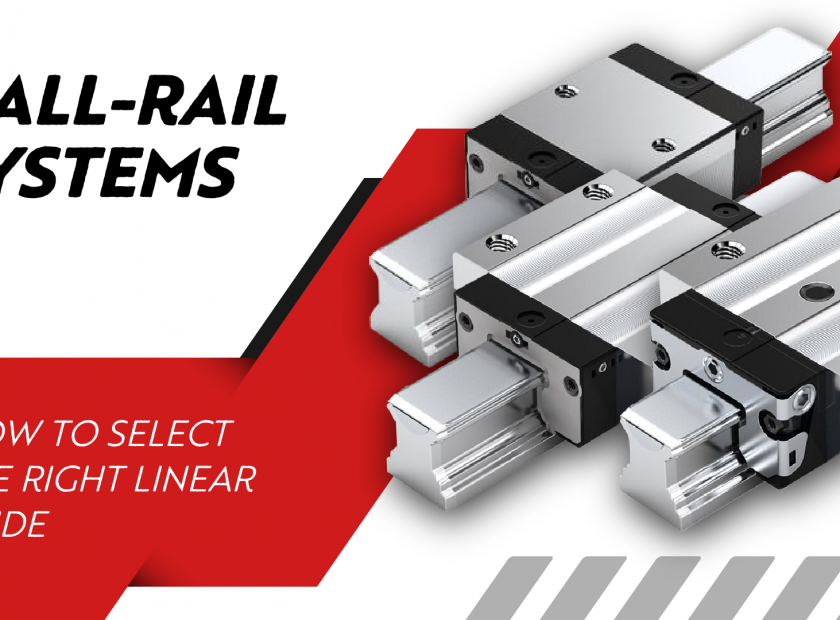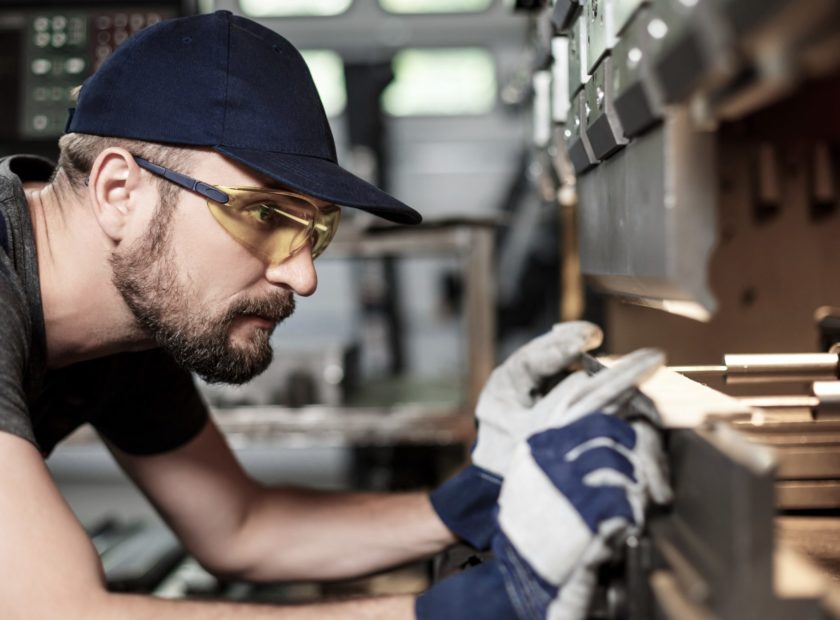
SKF Bearing Nomenclature: How to identify the right bearing?
SKF shares that 90% [1] of the bearings outlive the equipment that they are installed in. Only 10% of all bearings have to be replaced. Even though the rate of failure is low, disruptions due to bearing failures have an adverse effect on overall production. One should, therefore, take every bit of care in managing bearings.
While the maintenance of bearings begins with the installation, there is also a pre-installation step — the selection of bearing. It requires a thorough investigation as the poor selection of bearing has been the reason behind 10% [2] of all bearing failures. As bearing nomenclature is the primary barrier that prevents us from understanding the bearing selection, we should, therefore, begin by looking into the bearings of SKF.
SKF BEARING DESIGNATION SYSTEM
Most of the SKF bearings follow a bearing designation system which communicates bearing type, dimensions, and design. It consists of a basic designation and supplementary designations i.e. prefixes and suffixes. While the basic designation is an essential part of a bearing designation, suffixes and prefixes are dependent upon the bearing type and design.
Basic Designation
Basic designation consists of three to five digits or a combination of letters and digits where:
- The first digit or combination of letters denote the bearing type.
- 0 is generally omitted.
| Digit | Bearing Type |
| 0 | Double row angular contact ball bearing |
| 1 | Self-aligning ball bearing |
| 2 | Spherical roller ball bearing, spherical roller thrust bearing |
| 3 | Tapered roller bearing |
| 4 | Double row deep groove ball bearing |
| 5 | Thrust ball bearing |
| 6 | Single row deep groove ball bearing |
| 7 | Single row angular contact ball bearing |
| 8 | Cylindrical roller thrust bearing |
| C | CARB toroidal roller bearing |
| N | Cylindrical roller bearing |
| QJ | Four-point contact ball bearing |
| T | Tapered roller bearing following ISO 355 |
Bearing series codes
- The second and third digits denote the Dimension series according to ISO standards.
- In case of bearing type 1,6, and 7, the first digit of Dimension series is often omitted if it’s 0 or 1 [3].
- The final two digits denote the bore diameter. Upon multiplying by five, the exact bore diameter is obtained. There are, however, some exceptions:
- For bore diameter smaller than 10 mm and bore diameter greater than 500 mm, the actual bore diameter is specified after the basic designation while separated by an oblique stroke. For example, bearing designations of 617 / 5 and 511 / 570 specify bearings of 5 mm and 570 mm bore diameters respectively.
- Bearing with bore diameters of 22, 28, and 32 mm also follow the same format.
- Bearing with bore diameters of 10, 12, 15, and 17 mm are pre-coded as:
- 00 = 10 mm
- 01 = 12 mm
- 02 = 15 mm
- 03 = 17 mm
Prefixes
Prefixes indicate either components of a bearing or certain bearing variants. For example:
| Prefix | Indication |
| W | Stainless steel with metric dimensions |
| WBB1 | Stainless steel with metric dimensions but not per ISO dimensions |
| BA2 | Designated by drawing number |
| ZE | SensorMount feature |
| BS2- | Designated by drawing number |
Different bearing prefixes
Suffixes
Suffixes indicate a variation from the standard design. This variation can be in internal design, external design, sealing, tolerance, clearance, or cage design. When there is more than one variation in a bearing, the suffixes are provided in the following order:
|
Group |
Domain |
Example |
Variation |
|
Group 1 |
Internal Design |
E |
Reinforced ball set |
|
Group 2 |
External Design |
-2Z |
Shield on both sides |
|
Group 3 |
Cage Design |
TN9 |
Glass fibre reinforced PA66 Cage |
|
Group 4 |
Heat treatment |
HA3 |
Case hardened inner ring |
|
Tolerance |
GA |
Matched bearing set with light preload |
|
|
Bearing sets |
DT |
Two bearing bearings matches for mounting in tandem |
|
|
Stabilization |
S1 |
Bearing rings suitable for working at temperatures below 390 °F |
|
|
Lubrication |
LT10 |
Grease with Diester and Lithium Soap |
|
|
Other variations |
VQ658 |
Quiet running |
Bearing suffixes order
Identifying the right bearing
According to SKF [1], each bearing failure leaves a damage imprint on the bearing. That damage imprint can be examined to understand the root cause of the failure. Using the bearing designation system, instead of ordering the replacement bearing, you can take corrective action and select a better bearing. For example, if a 6203 bearing fails due to rust, it is better to replace that with a 6203 ETN9 as its plastic cage will provide better protection against rust [4].
References
[1] SKF, Bearing damage and failure analysis. SKF USA Inc., 2017.[2] C. Radu, “the Most Common Causes of Bearing Failure and the Importance of Bearing lubrication,” RKB Tech. Rev., no. February, 2010.
[3] SKF, SKF bearings and mounted products. Lansdale, PA: SKF USA Inc., 2018.
[4] SKF, Rolling bearings. Lansdale, PA: SKF USA Inc., 2018.





